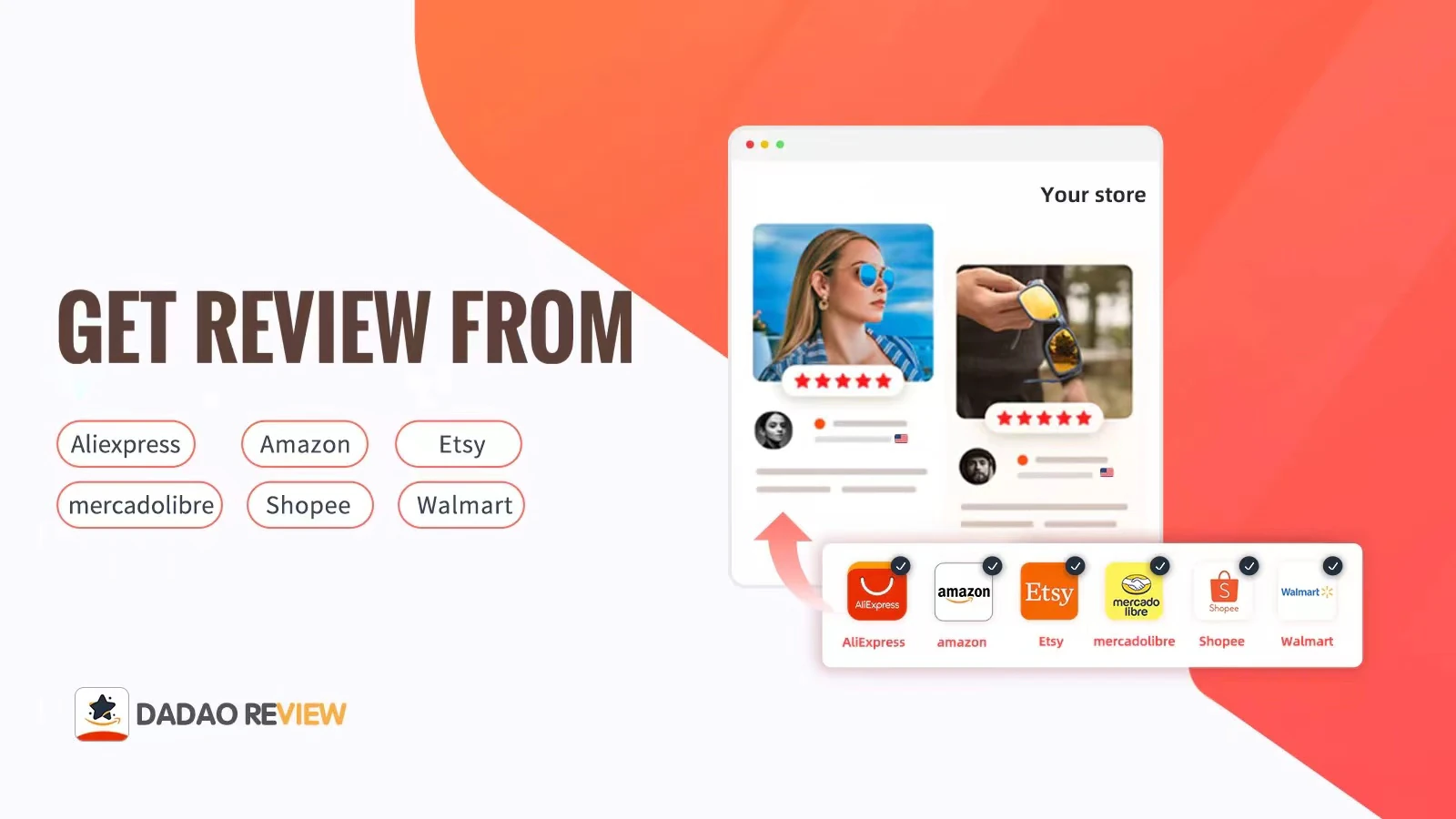

Google Ads is one of the most powerful digital advertising platforms globally. Whether it’s search ads, display ads, or shopping ads, it can help businesses reach their target audience effectively. However, optimizing Google Ads campaigns to maximize return on investment (ROI) is a challenge that every advertiser faces.
In this article, we will explore the best practices for Google Ads optimization to help you stand out in a competitive market.
1. Set Clear Goals and Define Your Audience
Before launching your ads, it’s essential to define your advertising goals. Are you aiming for brand awareness, website traffic, sales conversions, or remarketing? Your goal will determine the type of ad campaign you should run:
Search Ads: Ideal for capturing immediate intent, such as “buy coffee maker.”
Display Ads: Great for brand visibility or visual engagement.
Shopping Ads: Best for e-commerce businesses promoting specific products.
Next, segment your audience carefully. Use Google Ads Audience Manager to target users based on their interests, purchase behavior, and location for more precise targeting.
2. Keyword Strategy
Keyword research is at the heart of search ads. Here are a few strategies to improve your keyword performance:
Use Tools: Leverage Google’s Keyword Planner to discover related keywords.
Match Types: Use broad match, phrase match, and exact match to control the range of your ads.
Negative Keywords: Exclude irrelevant keywords to avoid wasting budget on unqualified clicks.
Competitor Analysis: Look at the keywords your competitors are using to identify opportunities for differentiation.
3. Craft Compelling Ad Copy
The quality of your ad copy directly affects your click-through rate (CTR). When writing high-quality ads, consider the following tips:
Engaging Headlines: Include core keywords and trigger curiosity (e.g., “Limited-Time Discount” or “Free Trial”).
Highlight Key Benefits: Mention your product’s unique features, free shipping, or money-back guarantee.
Strong Call-to-Action (CTA): Encourage users to take action, such as “Buy Now” or “Get a Quote.”
A/B Testing: Create multiple ad versions to test and determine which performs best.
4. Optimize Your Landing Page
No matter how great your ads are, a poor landing page experience can hurt your conversion rate. When optimizing landing pages, focus on these elements:
Fast Load Speed: Faster page load times reduce bounce rates.
Consistency with Ads: Ensure the landing page content aligns with the promise made in the ad.
Simplify Forms: Reduce the amount of information users need to fill out to increase conversion rates.
Mobile-Friendly: Ensure your landing page is fully optimized for mobile devices.
5. Budget Allocation
Properly allocating your budget is crucial for achieving your advertising goals. Here are some common strategies for budget optimization:
Stage Your Budget: Start with a small budget for initial testing, then increase investment in high-performing ads.
Focus on High-Performing Times: Analyze when your audience is most active and adjust your budget to maximize impact during these periods.
Geographical Targeting: Allocate more budget to regions where you see better performance and reduce spend in underperforming areas.
6. Monitor and Optimize Ad Performance
Constantly monitor your ad performance and make adjustments as necessary. Key metrics to watch include:
Click-Through Rate (CTR): Indicates the effectiveness of your ad in attracting clicks.
Quality Score: Improve the relevance of your keywords and user experience to lower your cost-per-click (CPC).
Conversion Rate (CVR): Measures whether your ads are successfully driving desired actions.
Return on Investment (ROI): Ensure that your campaigns are profitable.
Additionally, use Google Ads' smart tools (such as Performance Max Campaigns) to leverage machine learning and further enhance your ad performance.
7. Remarketing Strategy
Don’t underestimate the power of remarketing. Target users who have visited your site but haven’t converted with personalized ads. Google’s remarketing ads can increase conversion rates in the following ways:
Dynamic Remarketing: Show users the exact products they’ve viewed on your site.
Personalized Ad Copy: Offer special promotions, time-limited discounts, or additional information to encourage users to complete the desired action.
Conclusion
Optimizing Google Ads campaigns requires continuous refinement and adjustment. By clearly defining your goals, refining your keyword strategy, improving ad copy and landing page experiences, allocating your budget wisely, and continuously monitoring performance, you can succeed in the competitive digital advertising landscape.
If you're looking to take your ads to the next level, consider using Google’s smart advertising tools or working with a professional agency for further optimization.
What are your top tips for optimizing Google Ads? Feel free to share your thoughts in the comments!